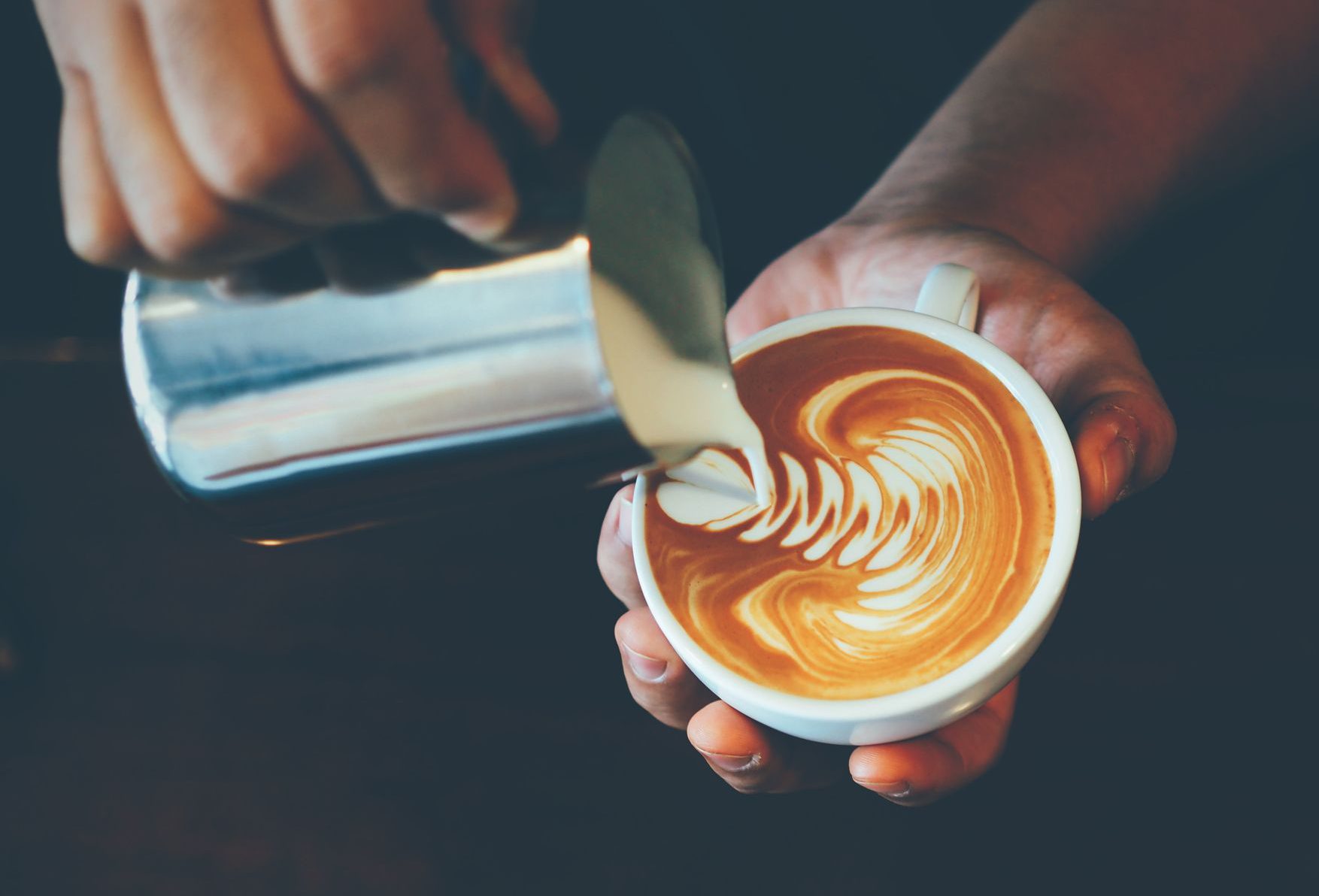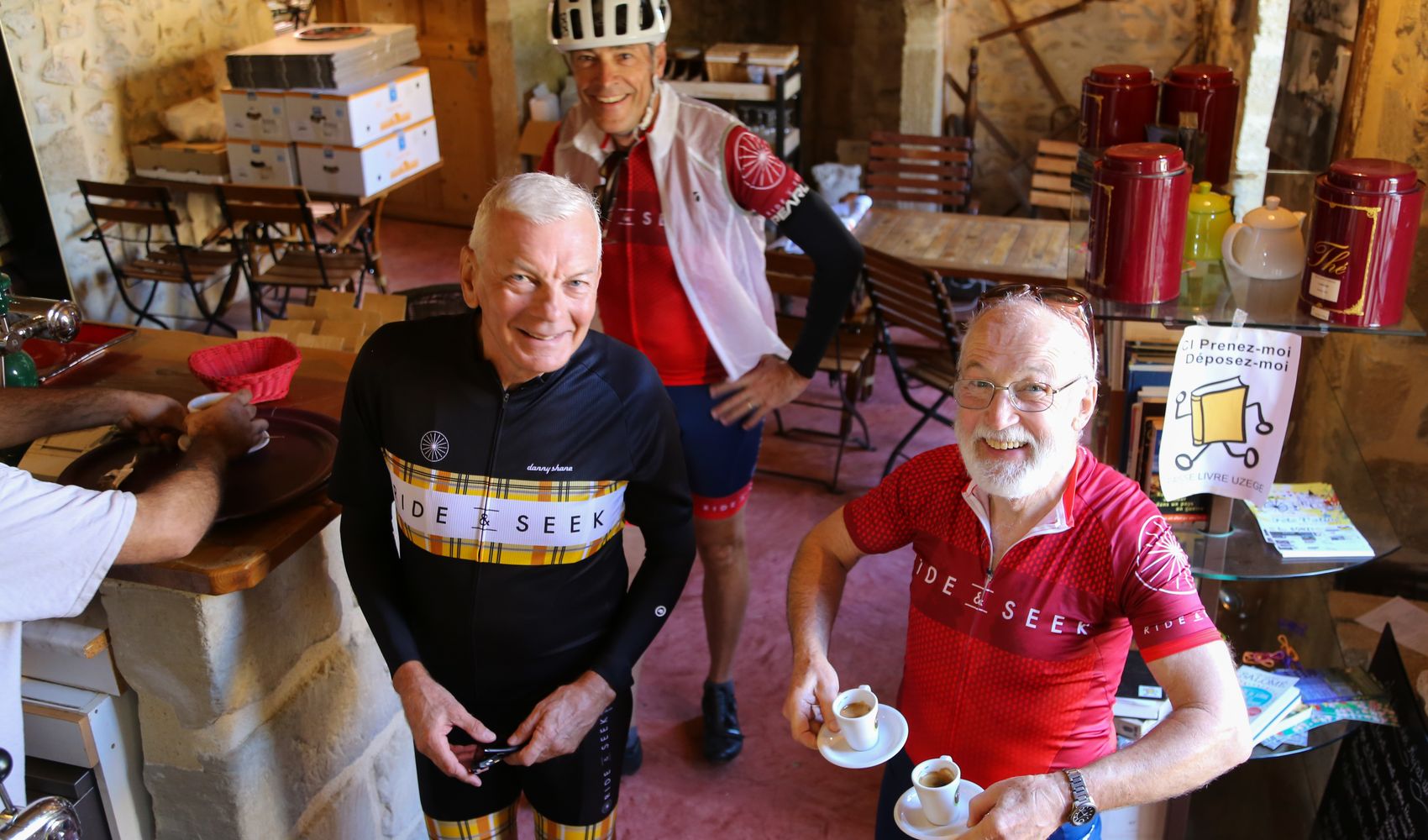Espresso lowdown

The Science
Espresso is approximately one ounce of a dark, smooth, heavy-bodied, aromatic, bittersweet coffee drink topped by a thick reddish-brown foam of tiny bubbles. The foam, or crema, that captures the intense coffee flavours is as important as the liquid coffee underneath.
In more technical terms, espresso is a colloidal dispersion produced by emulsifying the insoluble oils in ground coffee. These oils don’t normally mix with water, but under the intense pressure (9 to 10 bars – 130-145psi) and heat generated by commercial espresso machines, these oils are extracted from ground coffee, formed into microscopic droplets, and suspended in liquid coffee concentrate. It is this emulsification of oils, which forms the crema, that distinguishes ‘espresso’ from strong coffee.
Crema markedly alters an espresso in terms of its mouthfeel, density, viscosity, wetting power, and foam-forming ability, making it the single most important indicator of espresso quality. If there is no crema, it means the oils have not been emulsified, and hence it is not an espresso.
Crema also captures the volatile vapours produced during the espresso extraction process. These aroma molecules, later released in the mouth as the espresso is consumed, find their way to the nasal cavity through the pharynx. They also attach themselves to the taste buds and slowly release volatile compounds until after the espresso is long gone. This accounts for an espresso’s aftertaste, an important quality indicator.
The remarkable thing about a properly made espresso is that maximum flavour is extracted from the ground coffee while much of the caffeine and excess acids are left behind. The high pressure of the extraction and the small volume of water that passes through the ground coffee is mostly responsible for this feat.
The information I found came from a website called josuma. If you’re interested in an even more detailed overview click here for A Crash Course in Coffee Science

How we grade our tours?
Espressos are synonymous with cycling and have been an integral part of pretty much every tour we’ve run. There is no better way of getting the group back together than a well-timed coffee stop and the guide teams take great pride in scouting out the best options when they are setting the tours up beforehand
On our Hannibal Tour for example we get to sample the respective delights of the espresso across 3 countries – Spain, France, and Italy. We’re a bit of a traditionalist in terms of our preference and will generally always lean towards the Italian option particularly in the morning when a cappuccino is hard to beat. That said we still appreciate the merits of the French and Spanish options.
It seemed only natural that our grading system for the tours should be based on the coffee. Indeed, it is titled the espresso grading system with the logic being the harder the tour the more espresso’s you’ll need. At the opposite end of the scale, we consider our easiest tours to be ‘cappuccino’ tours.
“Cappuccino”
Distance: 30-50km (18-30miles)
Altitude gain: 200-500m
Time in the saddle: 1-3 hours
Terrain: Flat to undulating
“Due espressi”
Distance: 50 -70km (30-45miles)
Altitude gain: 600-1000m
Time in saddle: 2-4 hours
Terrain: Undulating terrain, with hills up to 2 km in length.
“Tre espressi”
Distance: 70-115km (43-71 miles)
Altitude gain: 1000-2000m
Time in saddle: 3-5hours
Terrain: All terrain, with hills averaging 3-4km, but up to 10km in length.
“Quattro espressi”
Distance: 100-160km (60-100miles)
Altitude gain: 1500-4000m
Time in saddle: 4-8hours
Terrain: Whatever is put in front of me!